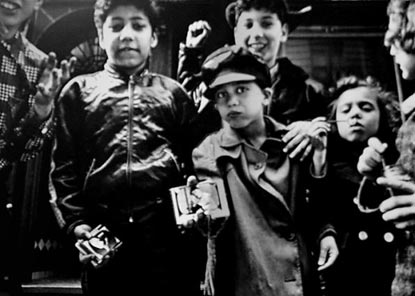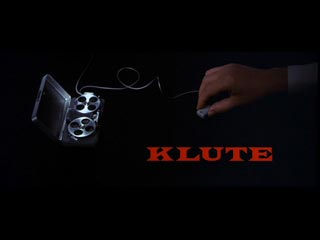Seventy years ago, in 1940, a popular science magazine published a short article that set in motion one of the trendiest intellectual fads of the 20th century. (…) Benjamin Lee Whorf let loose an alluring idea about language’s power over the mind, and his stirring prose seduced a whole generation into believing that our mother tongue restricts what we are able to think.
In particular, Whorf announced, Native American languages impose on their speakers a picture of reality that is totally different from ours, so their speakers would simply not be able to understand some of our most basic concepts, like the flow of time or the distinction between objects (like “stone”) and actions (like “fall”). For decades, Whorf’s theory dazzled both academics and the general public alike. In his shadow, others made a whole range of imaginative claims about the supposed power of language, from the assertion that Native American languages instill in their speakers an intuitive understanding of Einstein’s concept of time as a fourth dimension to the theory that the nature of the Jewish religion was determined by the tense system of ancient Hebrew.
Eventually, Whorf’s theory crash-landed on hard facts and solid common sense, when it transpired that there had never actually been any evidence to support his fantastic claims. The reaction was so severe that for decades, any attempts to explore the influence of the mother tongue on our thoughts were relegated to the loony fringes of disrepute. But 70 years on, it is surely time to put the trauma of Whorf behind us. And in the last few years, new research has revealed that when we learn our mother tongue, we do after all acquire certain habits of thought that shape our experience in significant and often surprising ways.
Whorf, we now know, made many mistakes. The most serious one was to assume that our mother tongue constrains our minds and prevents us from being able to think certain thoughts. (…)
Consider this example. Suppose I say to you in English that “I spent yesterday evening with a neighbor.” You may well wonder whether my companion was male or female, but I have the right to tell you politely that it’s none of your business. But if we were speaking French or German, I wouldn’t have the privilege to equivocate in this way, because I would be obliged by the grammar of language to choose between voisin or voisine; Nachbar or Nachbarin. These languages compel me to inform you about the sex of my companion whether or not I feel it is remotely your concern. This does not mean, of course, that English speakers are unable to understand the differences between evenings spent with male or female neighbors, but it does mean that they do not have to consider the sexes of neighbors, friends, teachers and a host of other persons each time they come up in a conversation, whereas speakers of some languages are obliged to do so.
On the other hand, English does oblige you to specify certain types of information that can be left to the context in other languages. If I want to tell you in English about a dinner with my neighbor, I may not have to mention the neighbor’s sex, but I do have to tell you something about the timing of the event: I have to decide whether we dined, have been dining, are dining, will be dining and so on. Chinese, on the other hand, does not oblige its speakers to specify the exact time of the action in this way, because the same verb form can be used for past, present or future actions. Again, this does not mean that the Chinese are unable to understand the concept of time. But it does mean they are not obliged to think about timing whenever they describe an action. (…)
In a different experiment, French and Spanish speakers were asked to assign human voices to various objects in a cartoon. When French speakers saw a picture of a fork (la fourchette), most of them wanted it to speak in a woman’s voice, but Spanish speakers, for whom el tenedor is masculine, preferred a gravelly male voice for it. More recently, psychologists have even shown that “gendered languages” imprint gender traits for objects so strongly in the mind that these associations obstruct speakers’ ability to commit information to memory.
Of course, all this does not mean that speakers of Spanish or French or German fail to understand that inanimate objects do not really have biological sex. Nonetheless, once gender connotations have been imposed on impressionable young minds, they lead those with a gendered mother tongue to see the inanimate world through lenses tinted with associations and emotional responses that English speakers — stuck in their monochrome desert of “its” — are entirely oblivious to.
{ NY Times | Continue reading | Thanks Tim }





















